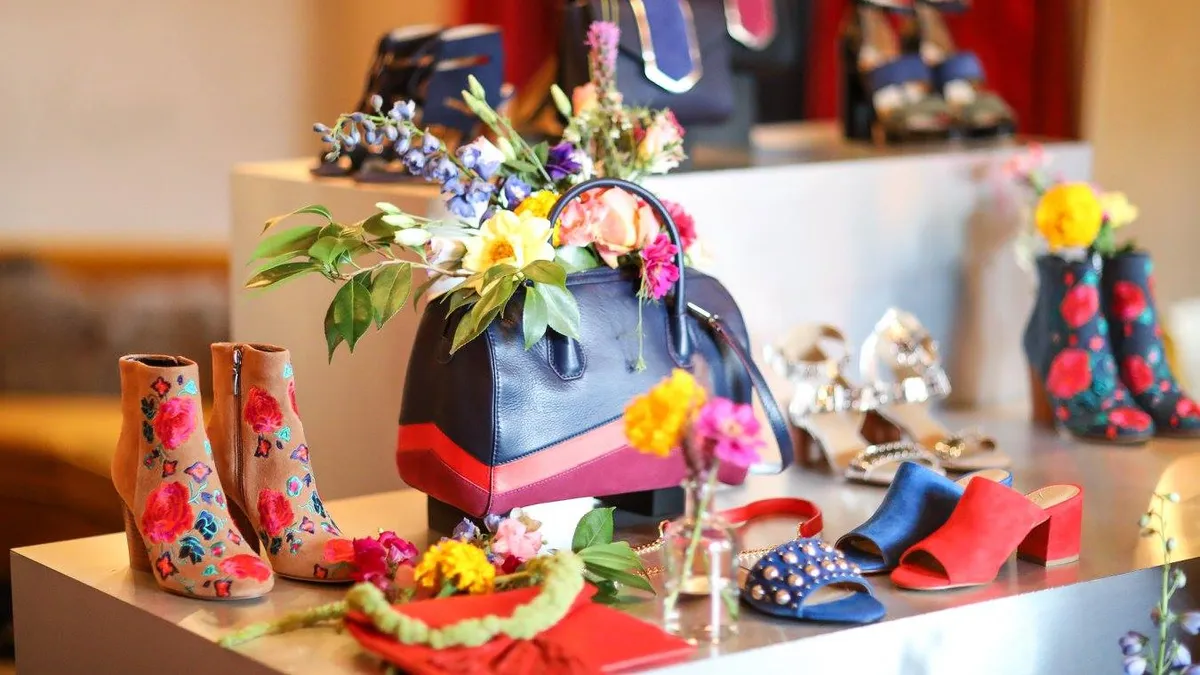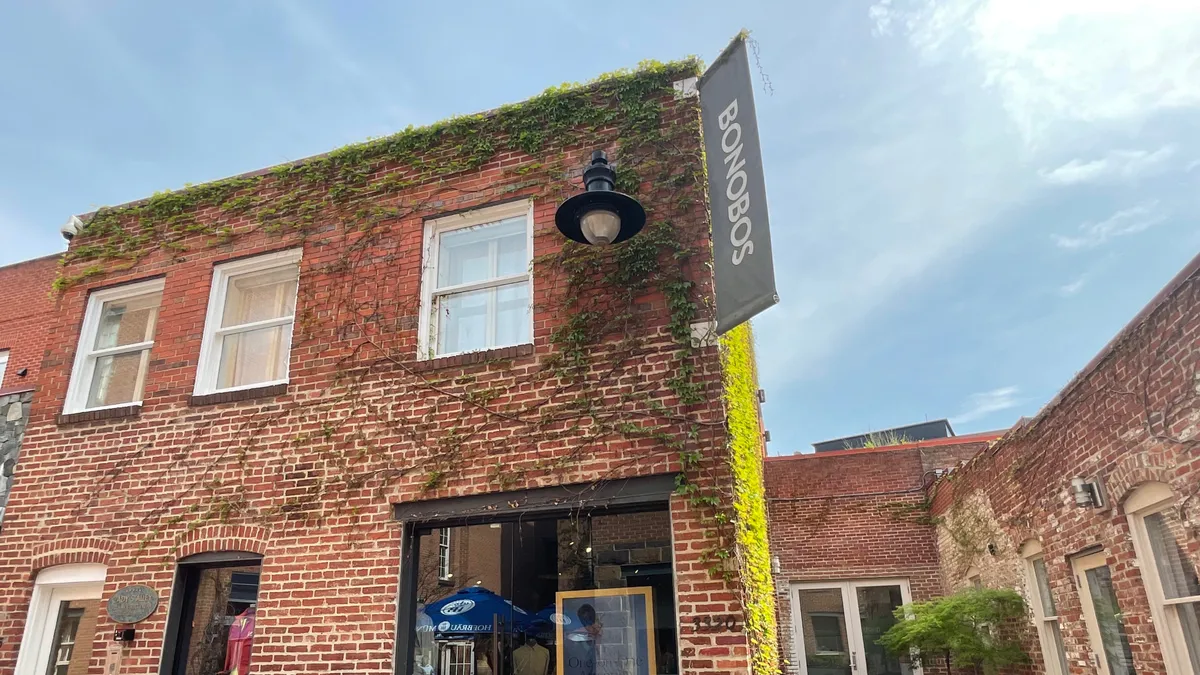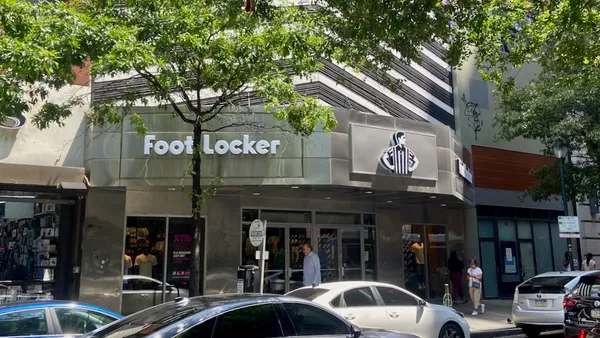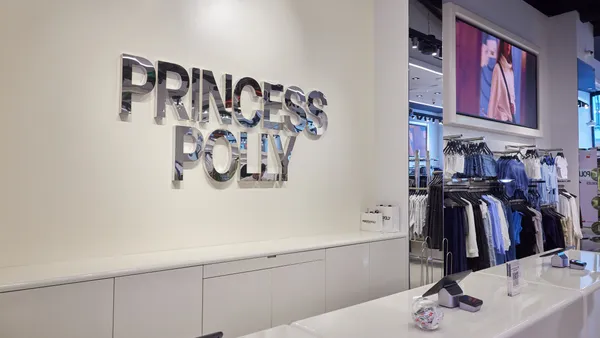Dive Brief:
-
More American consumers are turning to Amazon for apparel — to the detriment of department stores, specialty retailers and mass merchants, according to research from Morgan Stanley analysts that was emailed to Retail Dive. Some 69% of consumers bought clothes on Amazon in the first six months of the year, compared to 59% in the same period last year, according to the investment bank’s third annual AlplaWise apparel survey.
-
When it comes to apparel, Amazon’s reputation is solidifying, considering its 61% net promoter score (a measure of customers' willingness to recommend a company's products or services to others), which more than doubles number-two Target’s 28% and is almost nine times higher than the average score of the other 28 retailers in the study. Amazon’s 14% year-over-year increase, significantly above TJ Maxx’s 3%, reflects the greatest rise in that measure as well.
-
Walmart and off-price retailers (Ross, Burlington, Marshalls, TJ Maxx) are maintaining their reputation for having the lowest or best prices on apparel, with 73% associating Walmart with the lowest price on clothing. But those aren’t the retailers with the most overlap in customers: On average, 79% of department store shoppers also purchased apparel on Amazon over the past six months, with Nordstrom (at 84%) and Macy’s (81%) registering above average risk. Year over year, Free People and Lululemon showed the greatest increase in overlap with the e-commerce giant.
Dive Insight:
Amazon has been selling apparel for a while now, first developing its own private lines and increasingly experimenting with various categories and sales modes. Starting last year, the e-commerce giant has launched a series of private label clothing and accessories brands in various sub-categories, most recently in footwear and possibly moving into athletic wear. The company is also experimenting with various sales and delivery models, including a new apparel subscription service (currently in beta), called Prime Wardrobe.
Department stores are already beleaguered by decades of encroachment by specialty and off-price retailers in their previously stalwart categories, including furniture, home goods and beauty. Over the years, they filled those departments with apparel and more apparel, helping fuel a glut that has everyone struggling to drive traffic and sales.
Enter Amazon, which has the ability to take advantage of this turmoil and of the natural fickleness of the fashion customer. As trends change, Amazon can adjust its offerings thanks to its formidable data collection, as well as sales data from third-party brands selling through its site. According to Morgan Stanley's research, specialty retailers have an increasing need to worry, especially considering the likes of Free People and Lululemon, two apparel specialists with well differentiated merchandise, strong followings and relatively few promotions, which are seeing more of their loyalists try Amazon.
Amazon's apparel game is relatively new, however, and it's not clear that, outside of its machine learning capabilities, the e-commerce giant has mastered the buying, supply chain, fashion and returns complexities of the space. Amazon, at least as much a tech company as a retailer, is able to lean on the proceeds of its cloud computing services, a luxury its competitors don't have.
Lululemon CEO Laurent Potdevin, for one, isn't too worried, telling CNBC on Monday that "the fact that we control our distribution really allows us to have a different positioning."
"I think Amazon is mostly around commodity product. That's not our sandbox," he said.
Although its apparel customers skew older, Amazon is gaining traction among younger consumers as well, increasing its exposure among shoppers 13- to 24- years old by 7% and thereby increasing its potential to win over their loyalty down the road.
Retailers with wide appeal have the best chance of survival, according to Morgan Stanley analysts. "All in, we believe those retailers with the most balanced and stable customer age distributions are more likely to withstand the test of time," they wrote. "They also likely have more loyal customer bases as customers are able to shop there throughout many different stages of their lives."
For the research, Morgan Stanley surveyed 2,000 nationally representative U.S. teens and adults in September on past and future apparel purchase drivers and intentions.















